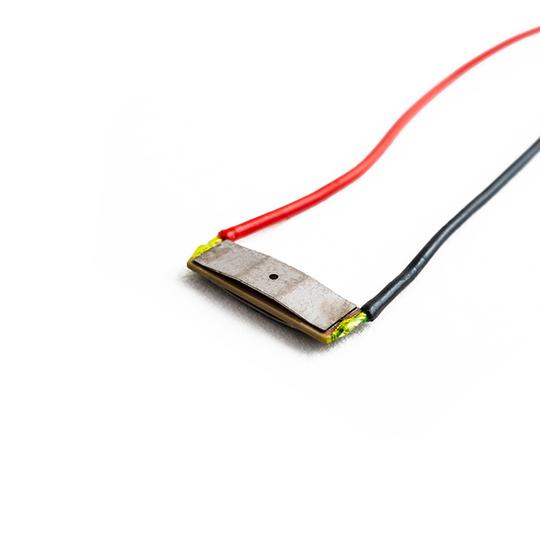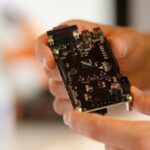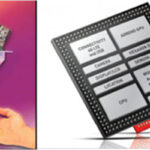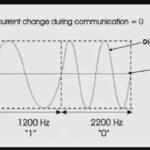 Boréas Technologies unveiled the Boréas Piezo Haptic Engine (Boréas PHE), the first module to harness the high performance of piezo actuators to solve wearable devices’ most significant challenge—achieving true high-definition (HD) haptic feedback in a broad range of low-power space-constrained devices.
Boréas Technologies unveiled the Boréas Piezo Haptic Engine (Boréas PHE), the first module to harness the high performance of piezo actuators to solve wearable devices’ most significant challenge—achieving true high-definition (HD) haptic feedback in a broad range of low-power space-constrained devices.
The Boréas PHE is a major advancement over the two legacy technologies that have dominated haptics in wearables and other small devices: linear resonant actuators (LRAs) and eccentric rotating mass (ERM) motors, in which the quality of haptic performance is tied directly to the LRA’s or ERM’s volume and mass. This architectural approach makes these platforms too large to achieve a satisfying user experience in wearables. In contrast, the Boréas PHE uses a small off-the-shelf piezo actuator and the mass of other internal components to generate exceptional haptic performance, eliminating the size-power-performance trade-off typical of LRAs and ERMs.
The advantages of the BPHE over the LRA—the haptic technology most commonly used in wearables—are measurable.
Larger Bandwidth—the BPHE creates stronger haptic effects within a larger bandwidth, from frequencies between 30-300 Hz, while small LRAs offer a narrow bandwidth at high frequencies (>200 Hz)
Faster Rise and Fall Times—with rising times of 2.25 cycles vs. LRA’s 11 cycles, and fall times <10 ms vs. LRA’s 80 ms, the Boréas PHE’s faster response times enable sharper, more realistic haptic effects in wearables
Low Power Consumption—the Boréas PHE is up to 10x more power-efficient than LRAs, extending battery lifetime
Small Footprint—with a 12x4x1.8mm piezo actuator, the BPHE is small enough for volume-constrained devices
The Boréas PHE integrates Boréas’ BOS1901CW, its low-power piezo haptic driver chip, with third-party piezo actuators from leading companies.






Leave a Reply